Cactus is any of a family of North and South American plants that usually have clusters of spines. There are hundreds of species (kinds) of cactuses. Most species grow in hot, dry regions, especially in Mexico and the southwestern United States. But cactuses also inhabit such areas as rain forests in Central America and cold, high regions in the Andes Mountains of South America.
Cactuses vary widely in size and shape. For example, the giant saguaro looks like a bare tree with a thick trunk and long, upturned branches. It can grow as tall as 60 feet (18 meters). Some tiny South American cactuses measure less than 1 inch (2.5 centimeters) high. Certain cactuses look like pincushions or starfish, while others have flat, papery spines that resemble blades of grass.
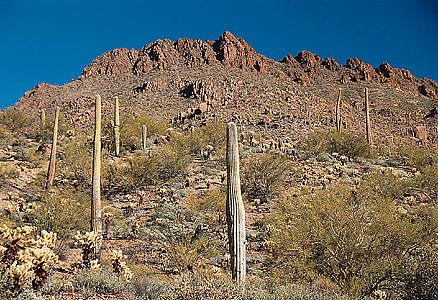
Scientists believe cactuses may have grown on Earth for millions of years. The first cactuses had leaves, branches, and woody stems like those of a tree. These features are still found in some primitive cactuses. Most cactus species, however, changed in appearance over the years. The branches became shorter, and the leaves developed into spines. The woody stem became softer and more able to absorb and store water.
Parts of the cactus.
The structure of a cactus helps the plant survive in dry climates. Most cactuses have thick, fleshy stems with waxy skin. The stem holds water, and the skin keeps the water from evaporating. In addition, the surfaces of many cactuses can expand and contract like an accordion, which accommodates the changes of water content in the stem.
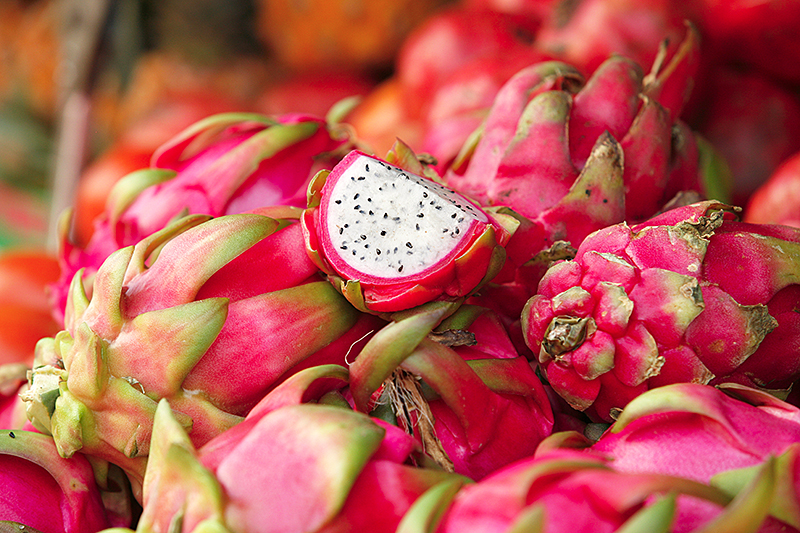
Cactuses have extremely long roots. The roots grow close to the surface and collect as much water as possible for storage. The roots of a large saguaro may grow 50 feet (15 meters) in length. Some cactuses store their water in thick, fleshy roots that look like carrots.
The spines of a cactus protect the juicy plant from being eaten by animals. They also provide some shade for the plant. The spines may be long or short and soft or sharp. They may have straight or hooked tips. Spines grow in clusters out of small lumps or mounds, called areoles, on the stem. Areoles occur in regular patterns on the stem. In some species, such as the saguaro and the barrel cactus, the areoles merge to form ribs that run along the length of the stem. The ribs give the plant shade and help the stem store water.
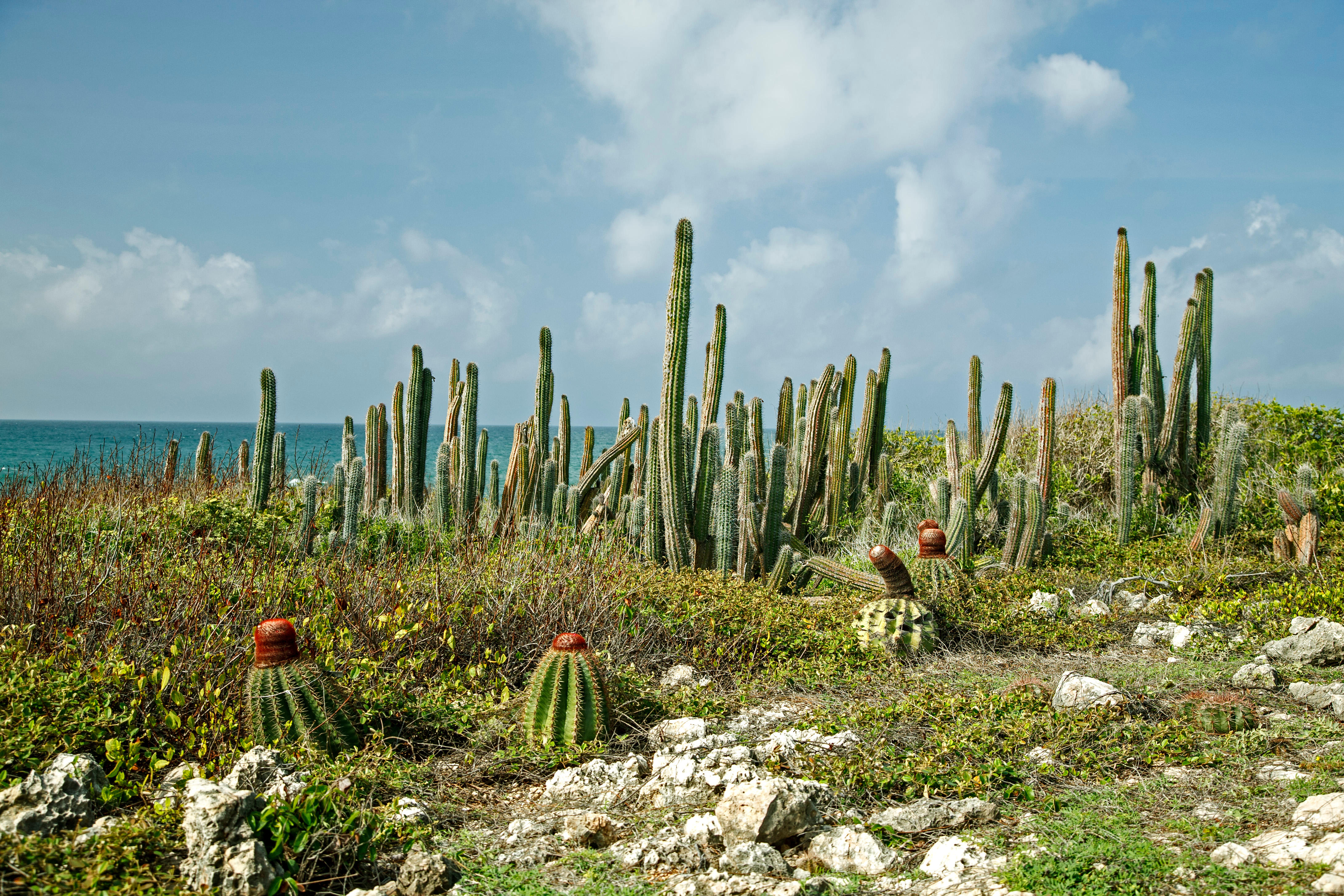
All cactuses produce flowers. Like the spines, flowers grow out of the areoles. The flowers may be white or a bright color, such as yellow, orange, or red. In dry weather cactuses, the flowers remain open for only a day or two. Some open only at night. They then wither and fall off. This short blooming period keeps water from evaporating from the big, soft petals. Cactuses that live in rain forests, where water is more abundant, have flowers that stay open for several days.
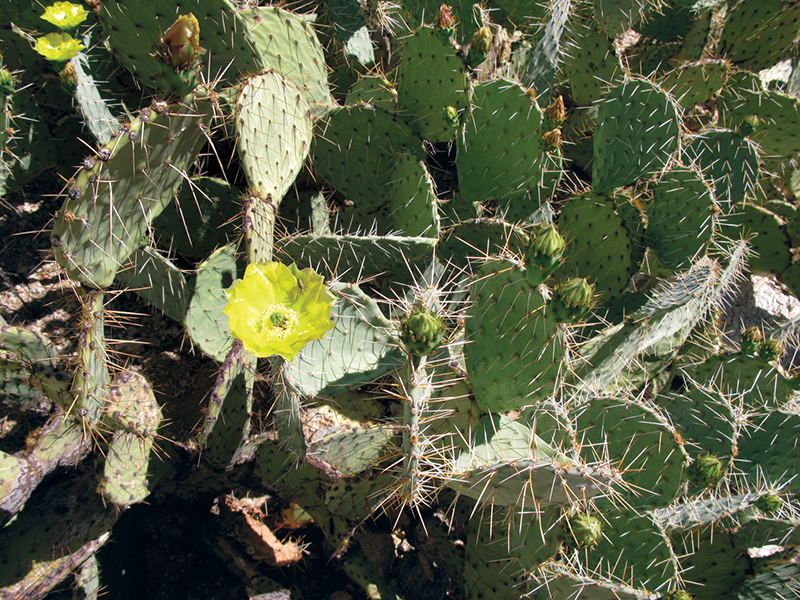
Life cycle of the cactus.
All cactuses reproduce sexually. They bear flowers with male and female parts. The male part produces a yellow powder, called pollen. For a cactus to reproduce, its pollen must fertilize an egg cell in the female part of the plant. Insects, birds, or bats are attracted to the flowers’ bright colors or scent. As they feed, these creatures carry pollen from one part of the plant to the other. This process is called pollination.
After pollen has fertilized an egg cell, a fruit develops. The cactus fruit is a fleshy berry that contains black or brown seeds. Cactus seeds are scattered by wind, rain, and animals. One cactus plant may produce a million seeds during its lifetime. But only one or two seeds will live long enough to produce a new cactus plant.
Some cactuses reproduce both sexually and asexually (without seeds and flowers). For example, prickly pear and cholla << CHOY uh >> cactuses have stems with weak connecting joints. If part of a stem is knocked off and sticks in the ground, it can grow new roots and become a new plant. It will then make its own stems and flowers.
Most cactuses grow slowly. Young plants may take a year to reach a height of 1 inch (2.5 centimeters). Older plants may grow from 3 to 4 inches (7.5 to 10 centimeters) a year. Cactuses live from 50 to 200 years.
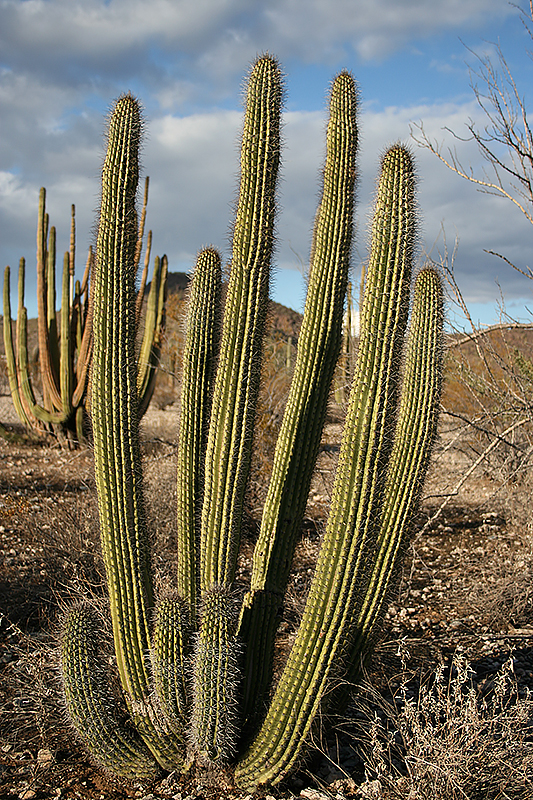
Kinds of cactuses.
Common cactuses in Mexico and the southwestern United States include the organ pipe, old man, cholla, barrel, prickly pear, and saguaro cactuses. The organ pipe cactus has tall stems that grow in groups. They look like a set of organ pipes. The old man cactus has spines that resemble long white hair. The stems of the jumping cholla fall off so easily that they seem to jump on people passing by. Another type of cholla, called the teddy bear cholla, has brown and tan spines. From far away, the plant’s shape and color make it look like a teddy bear.
The common barrel cactus has a barrel shape and long, tough spines. The Engelmann’s prickly pear features large, circular or oval stems and pear-shaped fruit. The saguaro may have as many as a dozen armlike branches.
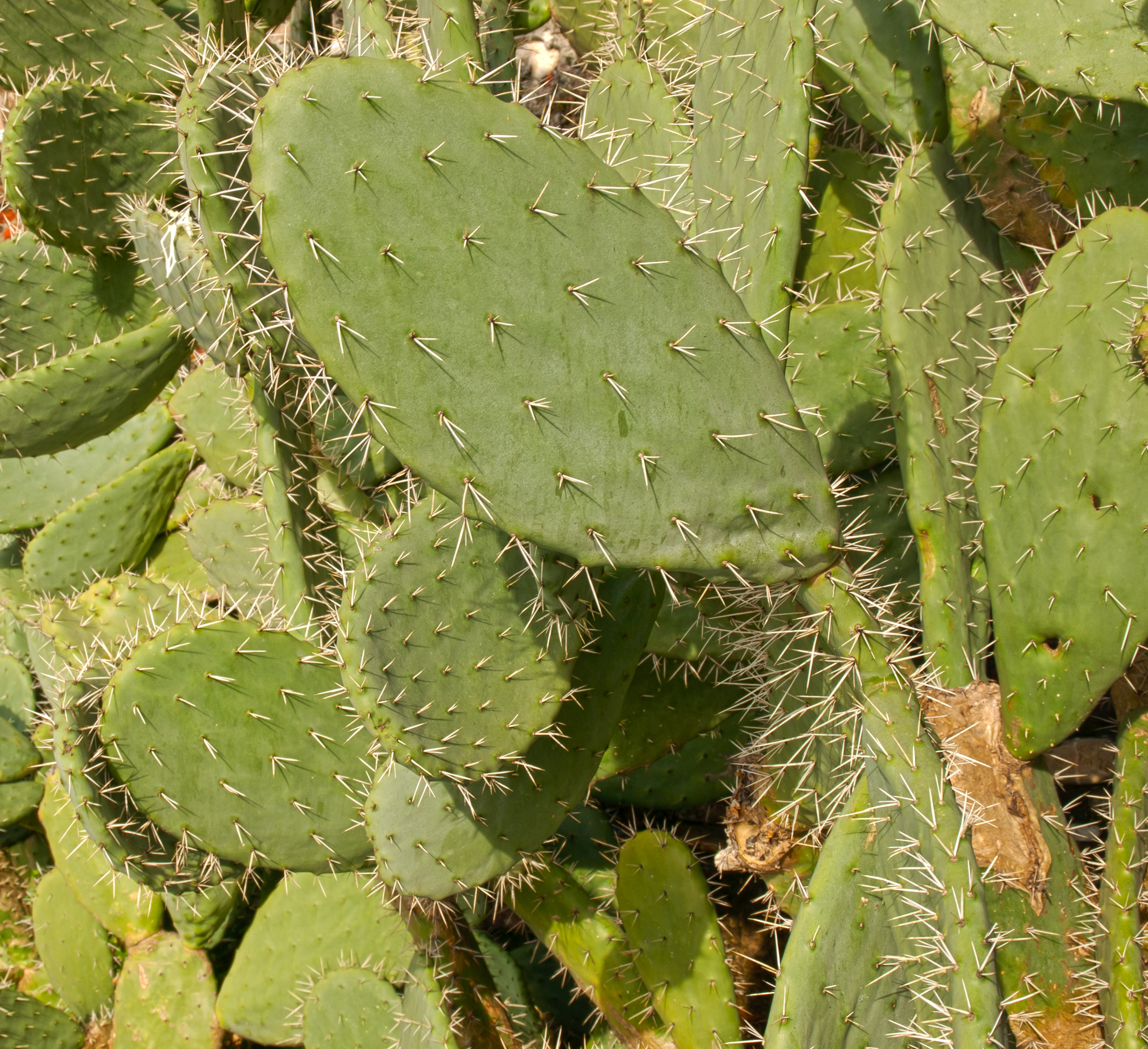
South American cactuses include the snow cactuses, which live high in the Andes Mountains. These small plants clump together in mounds. Snow cactuses have many long, white hairs, which make the mounds look like snow drifts.
The importance of cactuses.
Insects, birds, and other small animals feed on the stems and flowers of cactus plants. Many of these animals hide from enemies in cactuses, where they are protected by the plants’ spines. Numerous birds also build their nests in cactus stems. Certain woodpeckers live inside larger cactus species. 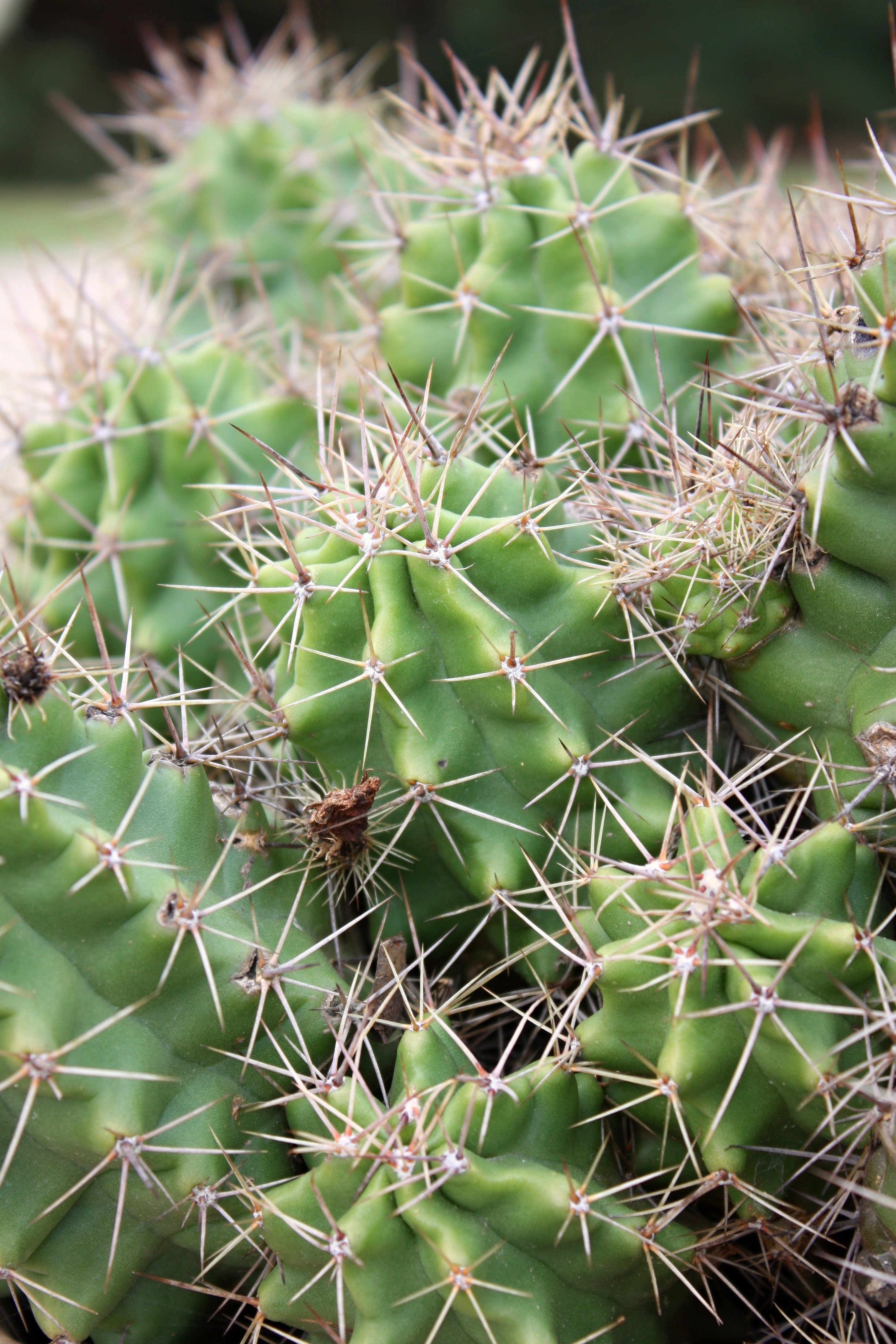
Cactuses also provide food for people. After the spines are scraped off, prickly pear stems can be fried and eaten. Some people eat cactus fruits or grind the seeds into a kind of meal for cakes. Manufacturers use some cactuses to make a red food dye. Certain cactuses can be used for lumber.
People in all parts of the world grow cactus plants for sale. Sometimes people sell cactuses that they dig out of natural areas. This cactus rustling has become illegal in most countries. Certain species of cactus are in danger of becoming extinct. National parks and preserves have been established to protect them.
